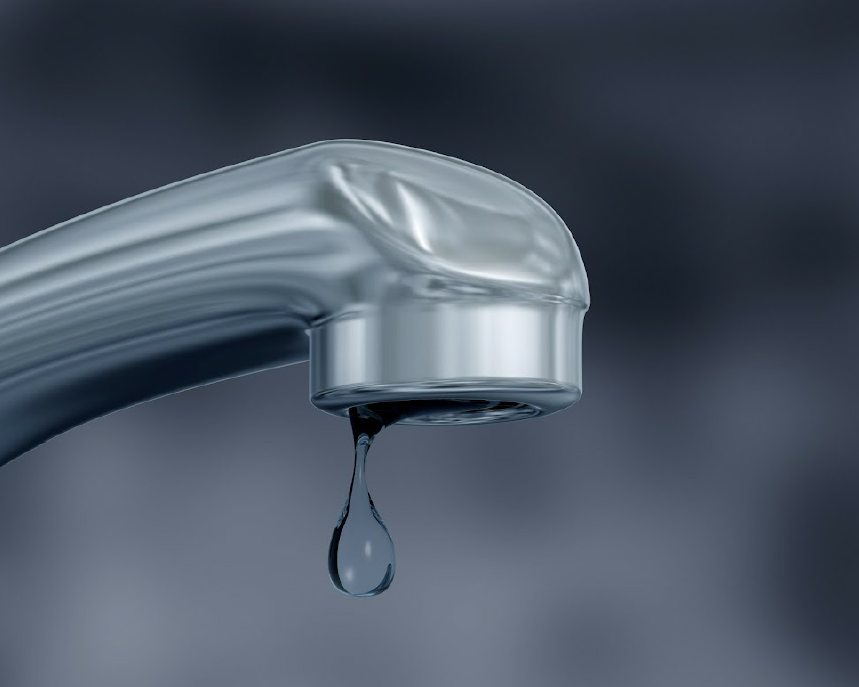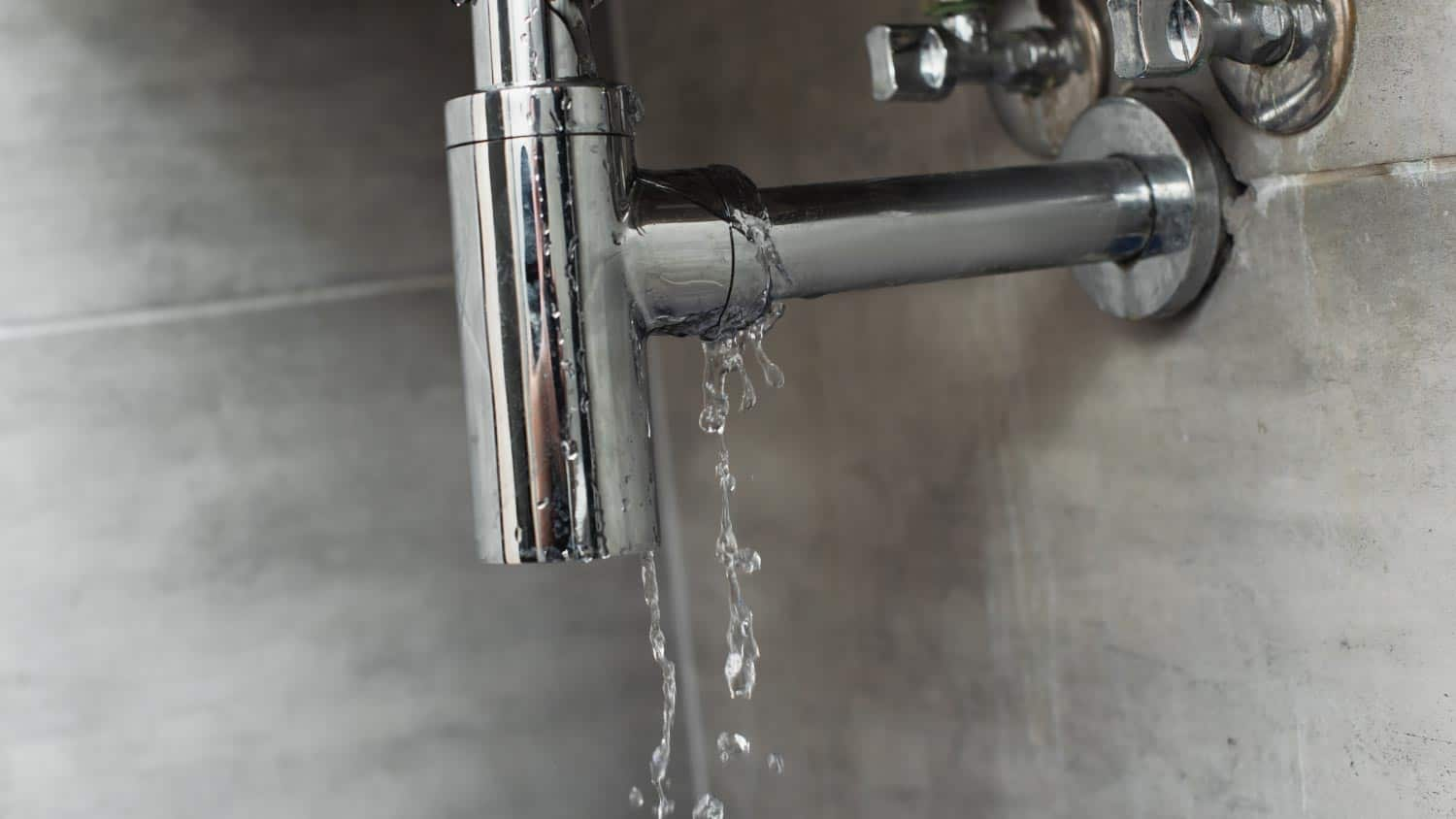Just how to Examine If Your House Has a Covert Leak
Just how to Examine If Your House Has a Covert Leak
Blog Article
This article below involving Leaking water lines is especially engaging. Read it for yourself and figure out what you think of it.

Early detection of dripping water lines can mitigate a prospective calamity. Aside from conserving you cash, it will reduce the stress and disappointment. The minute you find a leak, calling your plumber for repair services is the most effective solution. Some small water leaks might not be visible. If you can not spot it with your naked eyes, here are some hacks that assist.
1. Analyze the Water Meter
Every home has a water meter. Inspecting it is a surefire way that helps you discover leaks. For starters, shut off all the water sources. Ensure no person will purge, make use of the faucet, shower, run the cleaning equipment or dish washer. From there, most likely to the meter as well as watch if it will change. Since no person is utilizing it, there must be no movements. That shows a fast-moving leak if it relocates. Also, if you spot no changes, wait an hour or more and also check back again. This suggests you might have a slow leakage that could even be below ground.
2. Inspect Water Usage
If you identify sudden adjustments, despite your intake being the exact same, it implies that you have leakages in your plumbing system. An unexpected spike in your bill suggests a fast-moving leakage.
A stable rise every month, also with the exact same routines, shows you have a slow leakage that's additionally slowly escalating. Call a plumber to thoroughly inspect your residential property, especially if you feel a warm location on your flooring with piping below.
3. Do a Food Coloring Test
When it comes to water consumption, 30% comes from commodes. If the shade in some way infiltrates your dish during that time without flushing, there's a leakage between the container and also dish.
4. Asses Outside Lines
Do not fail to remember to inspect your outside water lines too. Ought to water permeate out of the link, you have a loosened rubber gasket. One small leak can waste bunches of water and also spike your water bill.
5. Examine the scenario and also inspect
House owners should make it a habit to inspect under the sink counters and also also inside cupboards for any kind of bad odor or mold and mildew growth. These 2 warnings show a leakage so prompt focus is required. Doing regular assessments, even bi-annually, can conserve you from a major issue.
Examine for discolorations as well as compromising as the majority of home appliances and also pipes have a life span. If you believe leaking water lines in your plumbing system, don't wait for it to intensify.
Early discovery of dripping water lines can minimize a potential catastrophe. Some little water leaks may not be noticeable. Examining it is a surefire method that assists you uncover leaks. One tiny leakage can throw away lots of water and also increase your water bill.
If you think leaking water lines in your plumbing system, do not wait for it to rise.
WARNING SIGNS OF WATER LEAKAGE BEHIND THE WALL
PERSISTENT MUSTY ODORS
As water slowly drips from a leaky pipe inside the wall, flooring and sheetrock stay damp and develop an odor similar to wet cardboard. It generates a musty smell that can help you find hidden leaks.
MOLD IN UNUSUAL AREAS
Mold usually grows in wet areas like kitchens, baths and laundry rooms. If you spot the stuff on walls or baseboards in other rooms of the house, it’s a good indicator of undetected water leaks.
STAINS THAT GROW
When mold thrives around a leaky pipe, it sometimes takes hold on the inside surface of the affected wall. A growing stain on otherwise clean sheetrock is often your sign of a hidden plumbing problem.
PEELING OR BUBBLING WALLPAPER / PAINT
This clue is easy to miss in rooms that don’t get much use. When you see wallpaper separating along seams or paint bubbling or flaking off the wall, blame sheetrock that stays wet because of an undetected leak.
BUCKLED CEILINGS AND STAINED FLOORS
If ceilings or floors in bathrooms, kitchens or laundry areas develop structural problems, don’t rule out constant damp inside the walls. Wet sheetrock can affect adjacent framing, flooring and ceilings.
https://www.servicemasterbyzaba.com/blog/how-to-detect-water-leakage-in-walls/

We hope you enjoyed our post about Detecting hidden plumbing leaks. Thank you for spending some time to browse our post. Are you aware of someone else who is fascinated by the niche? Do not hesitate to promote it. Thanks a bunch for your time. Come back soon.
Report this page